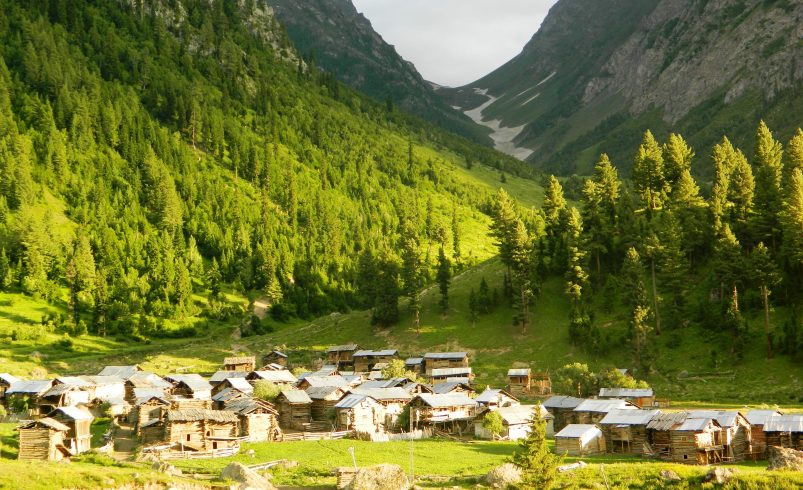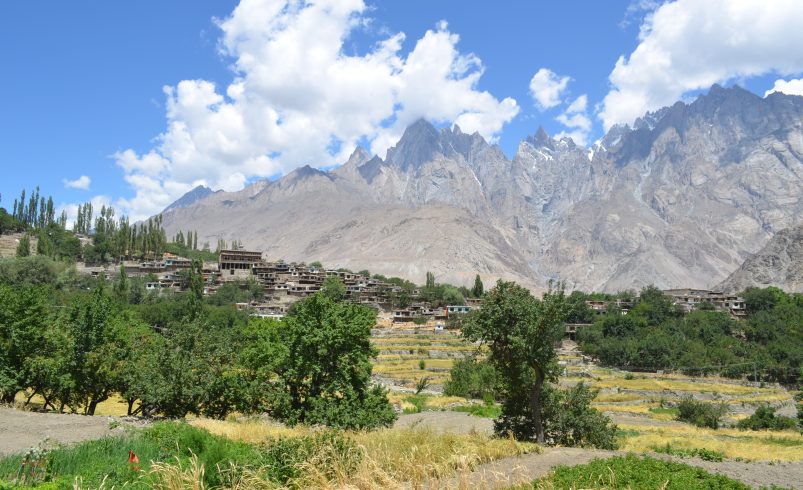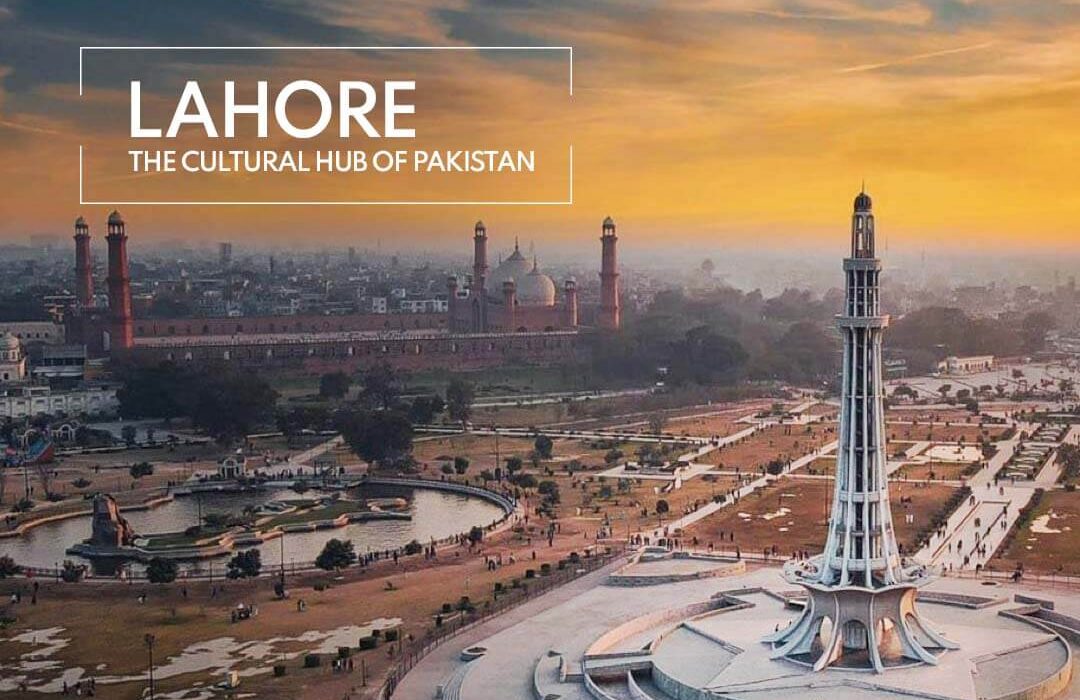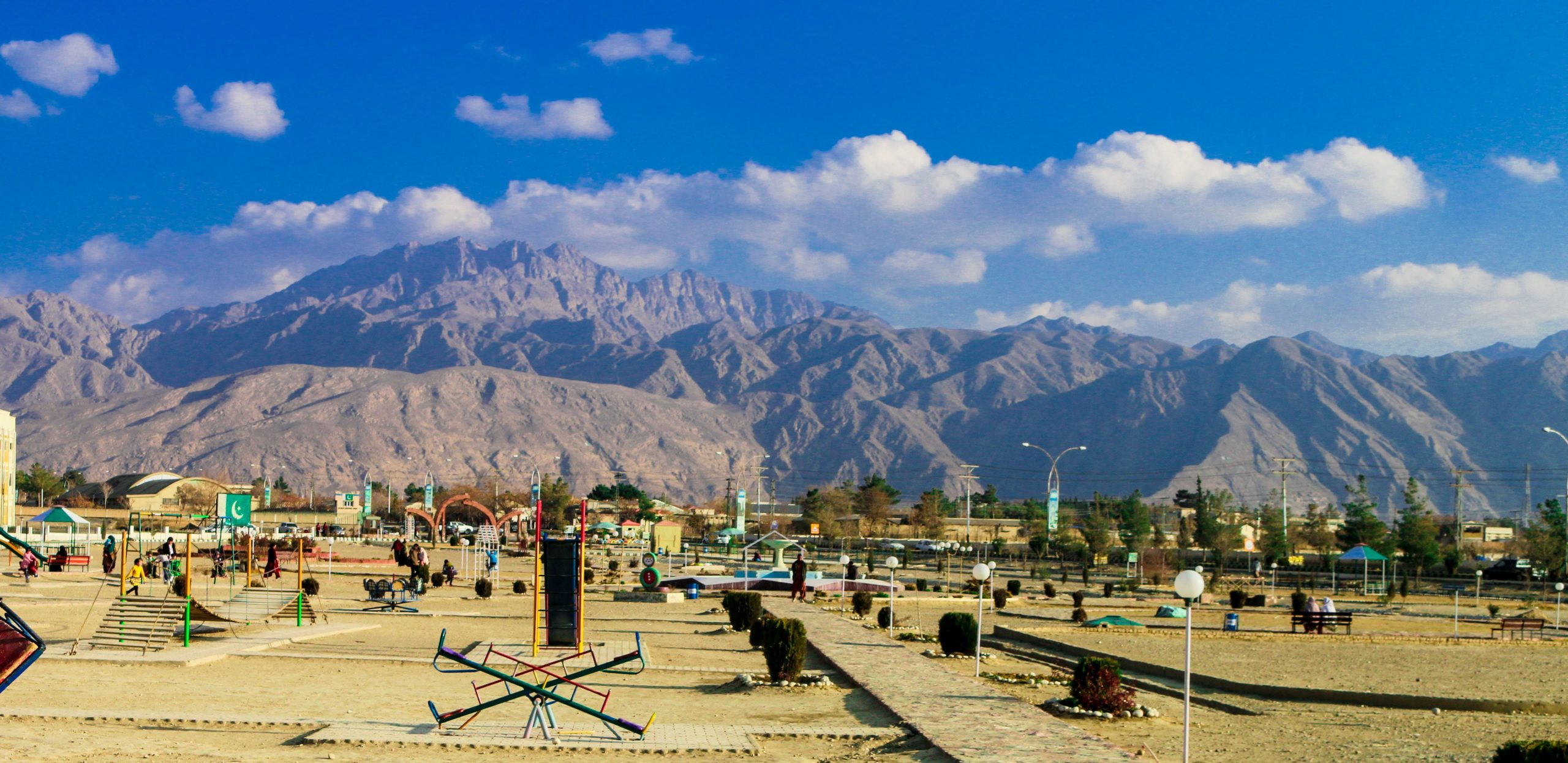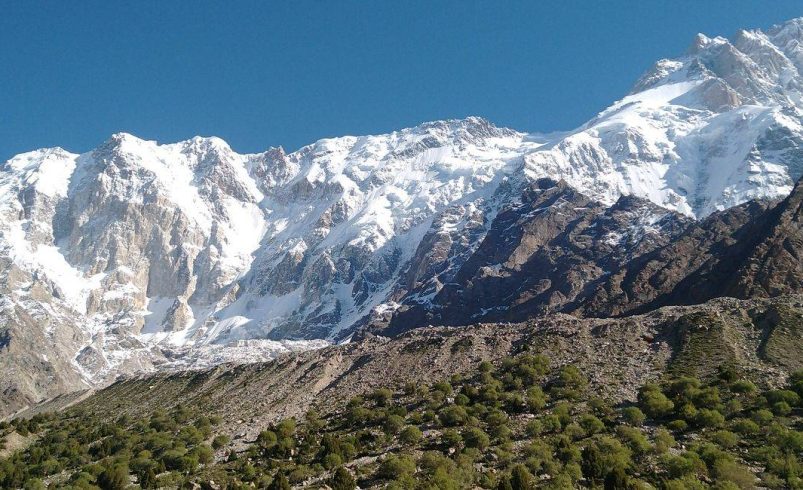
- May 15, 2025
🌄 Introduction
Trashing Valley is an enchanting valley located in the Astore district of Gilgit-Baltistan, Pakistan. Often overshadowed by its famous neighbor Rama Valley, Trashing remains a pristine spot waiting for exploration. Its lush green meadows, towering peaks, and proximity to Nanga Parbat make it a dream destination for adventure seekers and nature lovers alike.
Unlike other crowded tourist spots, Trashing offers a serene atmosphere, ideal for camping, trekking, and photography. This valley serves as a gateway to the Trashing Glacier, which feeds into the mighty Indus River.
📜 History of Valley
Trashing Valley has been home to shepherd communities for centuries. Historically, it served as a summer pasture ground for locals from the Astore district. The region remained isolated due to its rugged terrain, preserving its unique culture and natural beauty.
In recent years, the valley has attracted trekkers heading towards Nanga Parbat base camp from the Rupal face. Its trails have been used for trade and movement between different parts of Gilgit-Baltistan.
🎭 Cultural Heritage of Valley
The people of Trashing Valley belong predominantly to the Shina-speaking ethnic group. Their traditions are deeply rooted in the mountains:
- Locals celebrate festivals like Ginani, marking the start of the harvesting season.
- Traditional Shina music and dance forms are still performed during weddings and festivals.
- The architecture in Trashing consists of wooden homes adapted to harsh winters.
Visitors are often welcomed warmly, reflecting the hospitality of Gilgit-Baltistan.
🌿 Best Time to Visit Trashing Valley
The ideal time to visit is between May and September when the valley is accessible and in full bloom.
- Spring (May-June): Colorful flowers and pleasant temperatures.
- Summer (July-August): Best for trekking and camping.
- Early Autumn (September): Clear skies and golden hues.
Winter visits are not recommended due to heavy snowfall blocking the access routes.
🗺️ How to Reach Trashing Valley from Islamabad
- By Road (16-18 hours):
- Alternative Route:
Islamabad → Gilgit → Astore (via Karakoram Highway), best during early summer. - Nearest Airport:
Gilgit Airport (around 6-7 hours drive from Astore).
🌄 Places to Visit in Trashing Valley
- Trashing Glacier: The massive glacier at the valley’s end.
- Nanga Parbat Rupal Face: Accessible via trek from Trashing.
- Pasture Meadows: Perfect for camping under starlit skies.
- Local Villages: Experience authentic cultural interactions.
- Wildlife Spots: Home to Himalayan ibex and snow leopards (rare sightings).
🧗♂️ Activities to Do in Valley
- Trekking: Trails leading to Nanga Parbat base camp.
- Camping: Set up camps near the glacier or green meadows.
- Photography: Capture panoramic views of mighty peaks.
- Wildlife Spotting: Look out for ibex and marmots.
- Cultural Exchange: Meet and dine with local families.
🎉 Local Festivals & Events
- Ginani Festival (July): Traditional music, dances, and food mark this celebration.
- Harvest Festivals (September): Locals celebrate the end of farming season.
🏕️ Where to Stay in Valley
- Camping: Most visitors camp near the glacier or village outskirts.
- Guesthouses: A few local homes offer rooms for tourists.
- Astore Hotels: Stay in Astore town and make day trips.
🍽️ What to Eat in Valley
- Chapshuro: Local meat-filled bread.
- Mulida: A dish made from wheat and butter.
- Yak Meat: Delicacy available in some seasons.
- Organic Dairy: Fresh butter, milk, and yogurt.
💸 Estimated Travel Costs
- Transport (Islamabad to Trashing): PKR 20,000 – 30,000
- Jeep Hire (Astore to Trashing): PKR 5,000 – 8,000
- Camping/Accommodation: PKR 1,000 – 3,000 per night
- Meals: PKR 500 – 1,500 per day
- Guides/Trekking Support: PKR 3,000 – 5,000 per day
🗓️ Suggested 5-Day Itinerary
🚗 Day 1 – Islamabad to Astore
🚙 Day 2 – Astore to Trashing, explore village
🏕️ Day 3 – Trek to Trashing Glacier, camping overnight
🧗♂️ Day 4 – Trek towards Nanga Parbat viewpoint
🚌 Day 5 – Return to Astore and onward journey
❓ FAQs About Trashing Valley
What is the best time to visit Trashing Valley?
The best months are from May to September when the weather is pleasant and routes are open.
How do I reach Trashing Valley from Islamabad?
You can travel by road via Astore. It usually takes about 16-18 hours including stops.
Is Trashing Valley safe for tourists?
Yes, Trashing Valley is considered safe for both local and foreign tourists.
Do I need a guide for trekking in Trashing Valley?
While it is not mandatory, hiring a local guide is recommended for glacier treks.
Can I camp in Trashing Valley?
Absolutely! The valley offers fantastic camping spots near the glacier and meadows.
Are there any hotels in Trashing Valley?
Accommodation is basic. Camping or staying in local guesthouses is the best option.
Is it possible to see Nanga Parbat from Trashing?
Yes, with a short trek you can reach a viewpoint to see the Rupal face of Nanga Parbat.
What food options are available in Trashing Valley?
Local dishes like chapshuro, yak meat, and organic dairy products are available.
What is the altitude of Trashing Valley?
The valley sits at an elevation of around 3,200 meters (10,500 feet).
Is there mobile network coverage in Trashing Valley?
Mobile signals are weak or non-existent in remote parts of the valley.
🏞️ Conclusion
Trashing Valley is a hidden treasure in Pakistan’s northern areas. From its unspoiled natural landscapes to rich cultural experiences, it offers a perfect escape for those seeking adventure and peace. Whether you want to camp by a glacier or trek towards the mighty Nanga Parbat, this valley promises an unforgettable journey. Pack your bags and let Trashing surprise you with its raw beauty!


